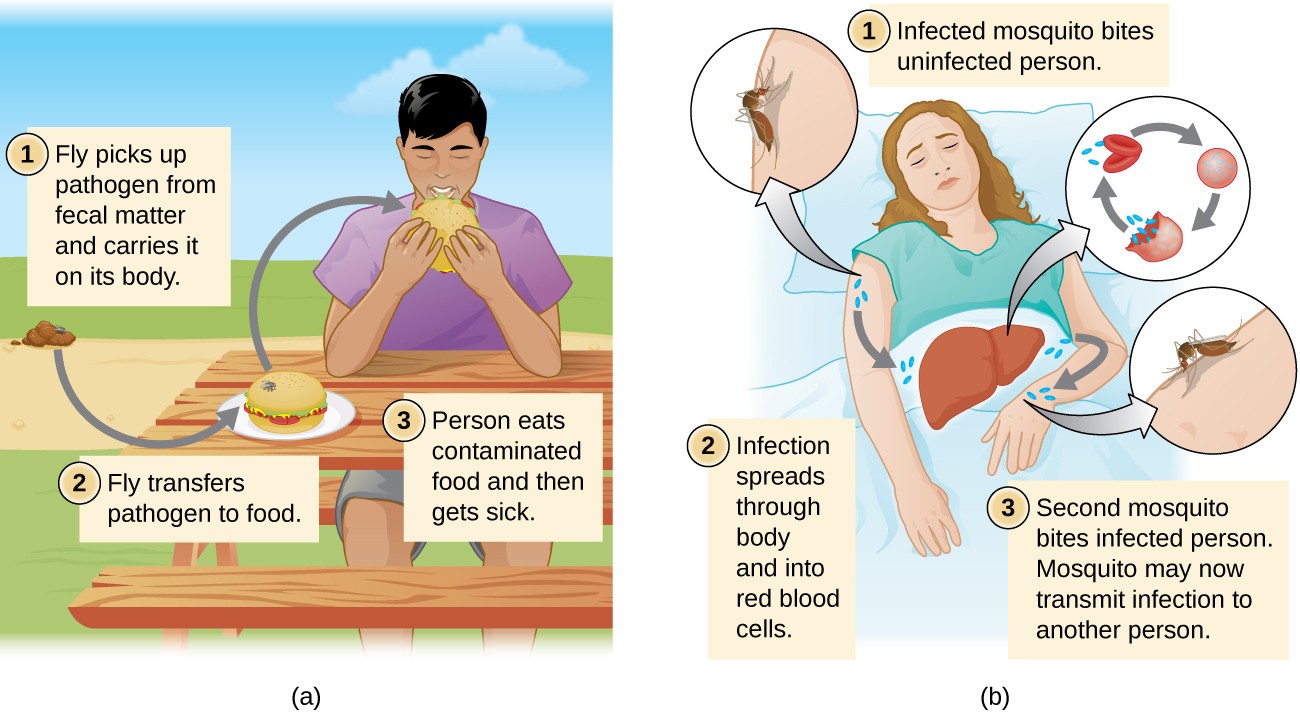In medical terminology, transmission is the process of a disease being passed from an infected individual to some other healthy person or group.Go further to know What are The Two Kinds Of Transmission in medical terminology?
There are two types of transmission: passive and active. There are two types of transmission: direct and indirect. Infectious illnesses can also be caused by other viruses, germs, fungi, and worms. Infectious illnesses include pneumonia, flu, and common colds. However, frequent hand-washing with soap might help to avoid this.
Direct Transmission
Direct touch is a common way for infectious illnesses to spread. Direct touch can take several forms, including:
Contact between two people.
Infectious diseases are often spread by direct contact between people. When an infected person coughs or sneezes or exchanges body fluids with another person, they spread the virus. This can happen even if the person who is sick doesn’t know about it. There are diseases that can be spread sexually this way.
Pregnant women can also pass on infectious diseases to their babies through the placenta. When a mother gives birth, some STDs, like gonorrhoea, can transfer to her baby.
Droplets
Coughing and sneezing can transmit an infectious illness because of the droplets that are sprayed. Droplets formed while you talk can even infect another individual. This form of transmission demands close contact since particles fall down within just a few feet.
Indirect transmission
Infectious infections can also be transmitted indirectly via the air and other means. Consider the following scenario:
Transmission via the air
Some infectious agents have the ability to travel great distances and stay suspended in the air for lengthy periods of time. By entering a room after someone with measles has left, you can receive an illness like measles.
Objects that have been contaminated
Some species can survive for a brief period on things. You may be infected if you contact an item, such as a doorknob immediately after an infected person. Transmission happens when you do not fully wash your hands before touching your mouth, nose, or eyes. Germs can also be transmitted through tainted blood and medical supplies.
Water and food
Transmission of infectious diseases is possible through contaminated food and water. E. coli is frequently spread via contaminated produce or undercooked meat.
Contact between animals and humans
Certain infectious diseases can be passed from animal to human. This can happen if you are bitten or scratched by an infected animal or if you touch animal excrement.
Insect stings
A lot of zoonotic pathogens are spread by insects that eat blood, like flies and wasps. Mosquitoes, fleas, and ticks are among them. A person, animal, or bird can become infected when they eat an infected insect.
Reservoirs in the environment
People can also get sick from soil, water, and plants that have infectious organisms in them. Hookworm, for example, spreads through dirty soil.
Conclusion
Diseases that are infectious can be caused by a lot of different types of bacteria or viruses, parasites or fungi that are in our environment. It’s important to know how these diseases spread so that you don’t get them. If you understand how diseases spread, you can use this knowledge to protect yourself and stop them from spreading. I hope you like reading on What are the two kinds Of Transmission in medical terminology.

